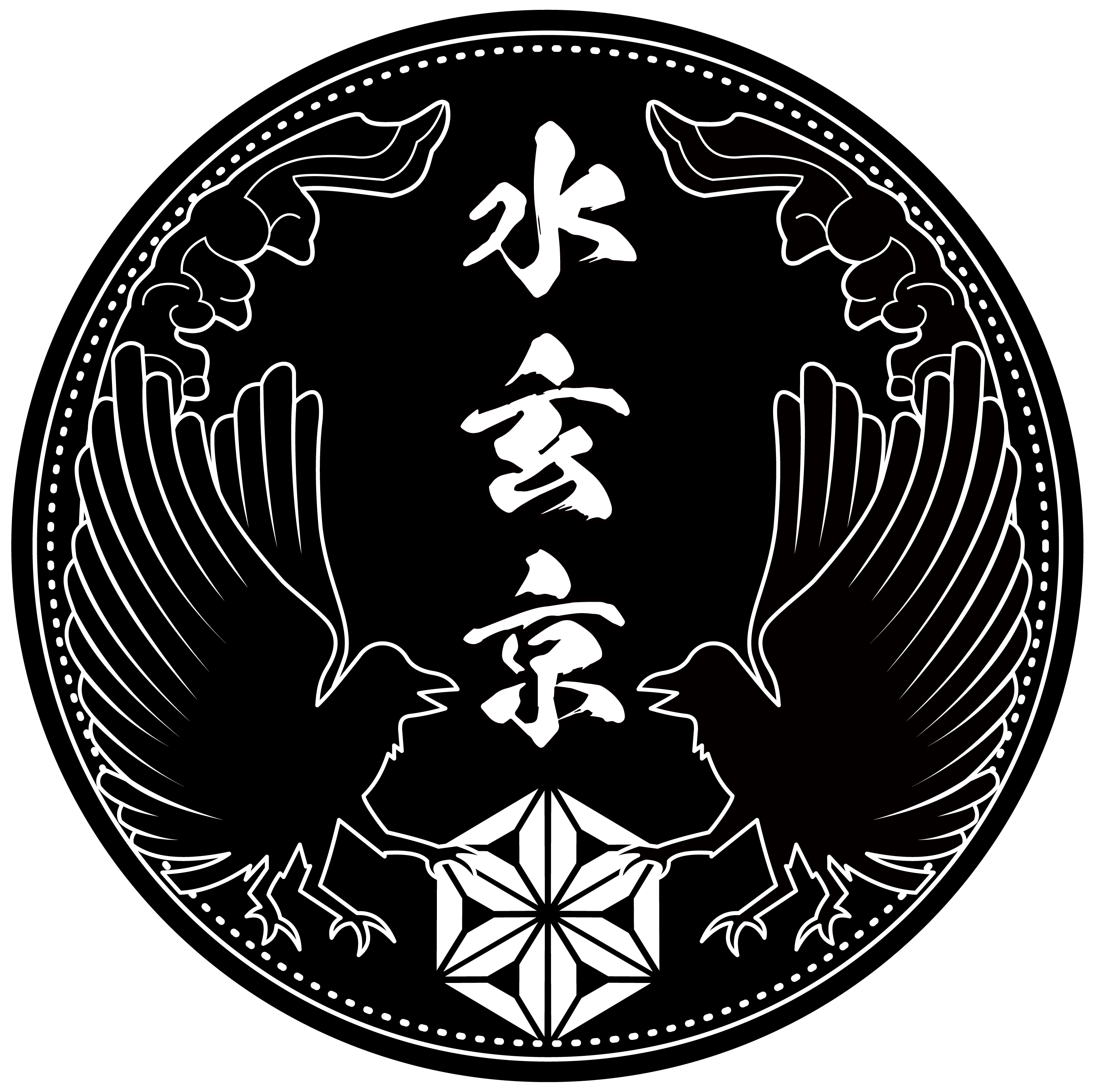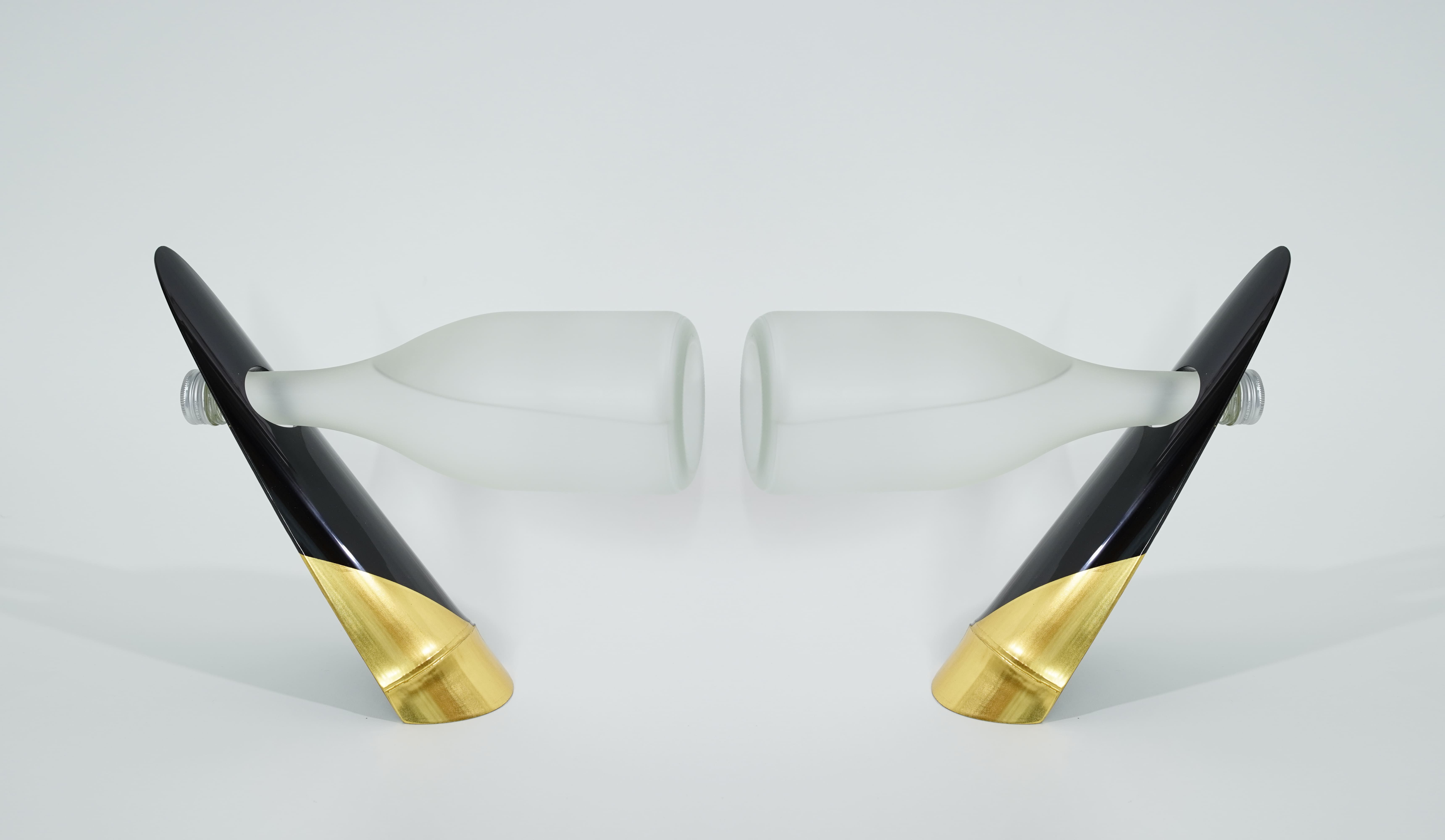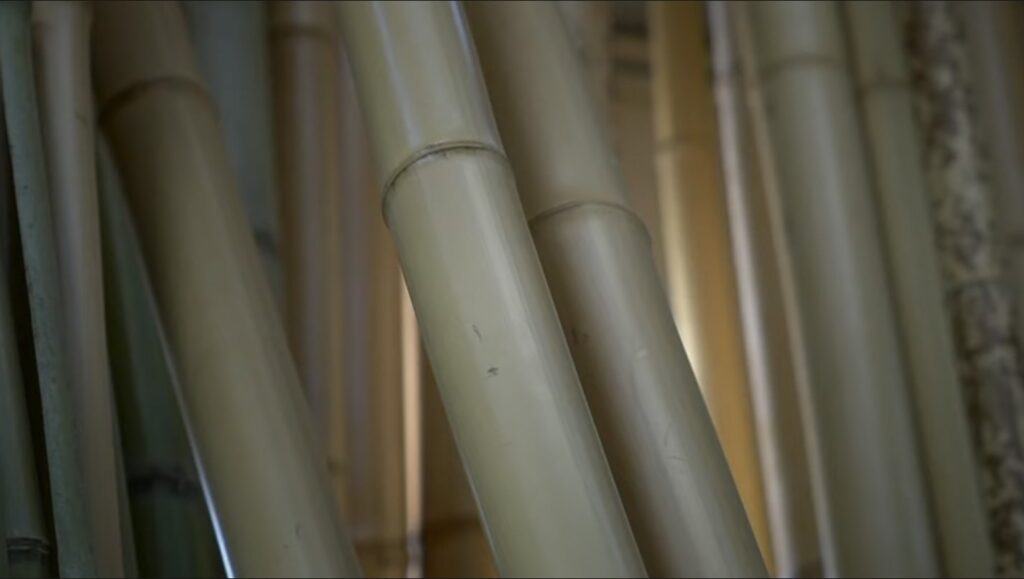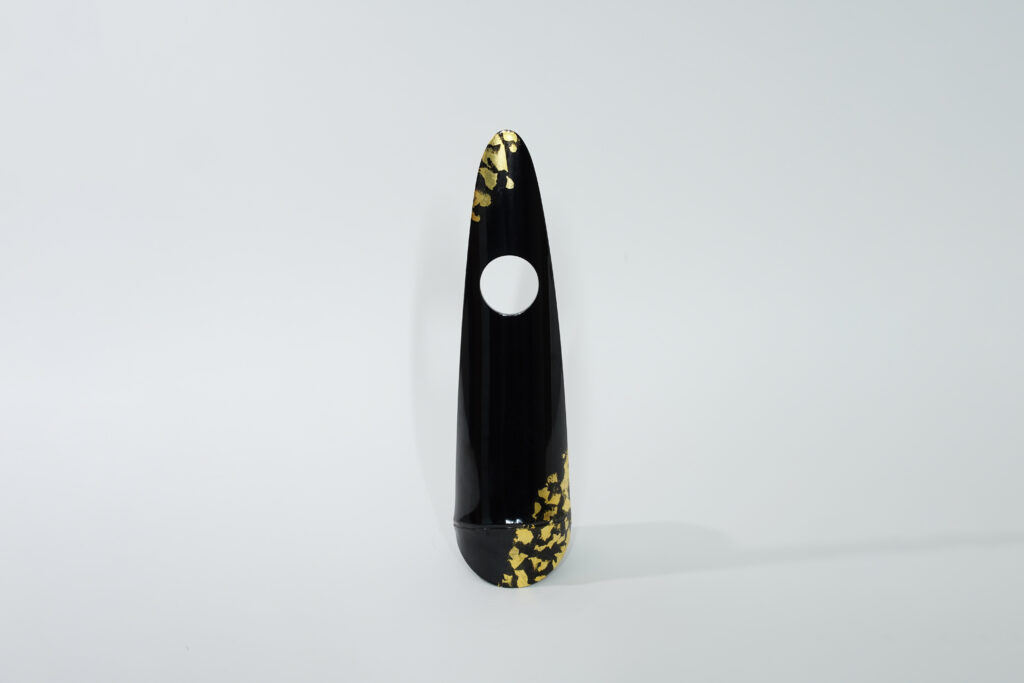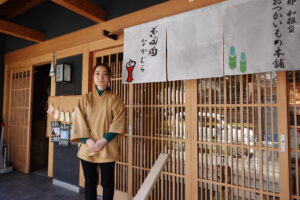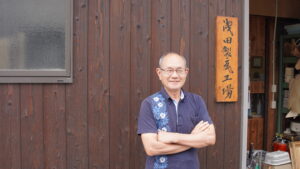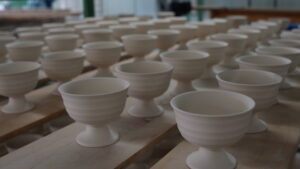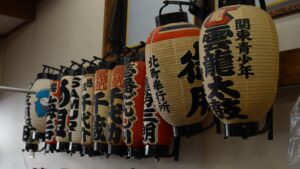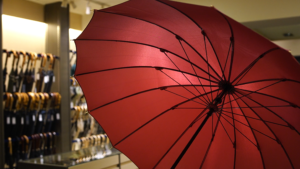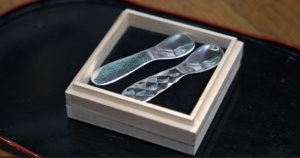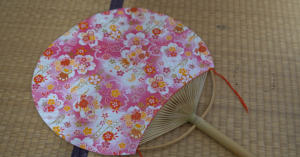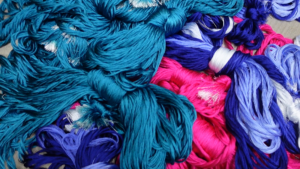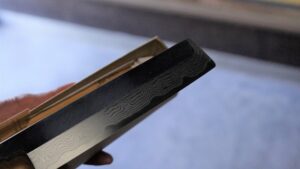Making Process of Kyoto Bamboo Bottle Stand
You can watch the production process of Kyoto bamboo Bottle Stand on YouTube!
Bamboo that can be made only in KYOTO
Kyoto is famous for the bamboo groves of Arashiyama. Many people crowd these bamboo forests, but did you know that Kyoto has an industry that uses bamboo? It is Kyoto bamboo which is recognized as a traditional industry. Four types of bamboo produced in Kyoto are classified into “Kyoto bamboo”: white bamboo, dot-pattern bamboo, square bamboo, and tortoise-shell bamboo. Kyoto bamboo has been used in the tea ceremony and flower arrangement. In addition to this, it is also used in tea rooms and especially in the Japanese traditional architecture in order to embody the beauty of the Japanese tea culture. Kyoto’s climate is ideal for bamboo cultivation due to its frequent rainfall and extreme temperature differences depending on the season. The clay soil and the high quality of water also nurture better bamboo.

The Strong Bond between Human and Bamboo
Bamboo has been used by many people since primitive era because of its smoothness and elasticity. Furthermore, it does not distort due to moisture or dryness. After this, musical instruments and daily necessities made of bamboo were discovered in Shosoin, a storehouse that preserved important objects from the Nara to Heian periods.
In Nara to Heian period (710-1185), bamboo frequently used for musical instruments and daily necessities. From the Heian period, the use of bamboo expanded to utilize it as building materials, weapons used for hunting, and tools used in farming and fishing. From the Kamakura to Muromachi periods (1185-1573), bamboo was widely used to make tea ceremony utensils, and in the Edo period (1603-1867), bamboo craftsmen worked hard to deliver their works for the Shoguns /将軍 (the title of the military dictators of Japan which indicates highest authority). Later, craftsmen who made vases for flower arrangement and ladles for the tea ceremony came to live in Kyoto. The combination of various factors, such as the texture of the material and the land conditions for bamboo management made Kyoto famous as the capital of bamboo.

Kyoto Bamboo which is Popular around the World for Its Harmony with Nature
Today, new designs have been created that further developed the traditional Kyo Meichiku. For example, there is a bottle stand made by Nagaoka Meichiku Ltd. This has a wide range of designs, from simple ones to those with gold reprocessing or gold leaf, which is creating a modern, art-like atmosphere. Also, these products have become to be used as interior decorations that create a Japanese modern atmosphere. Kyo Meichiku is now receiving a lot of attention from around the world. The video of bamboo fence making on YouTube has got more than 2 million views, with comments from overseas praising the high level of skill and respect for nature.
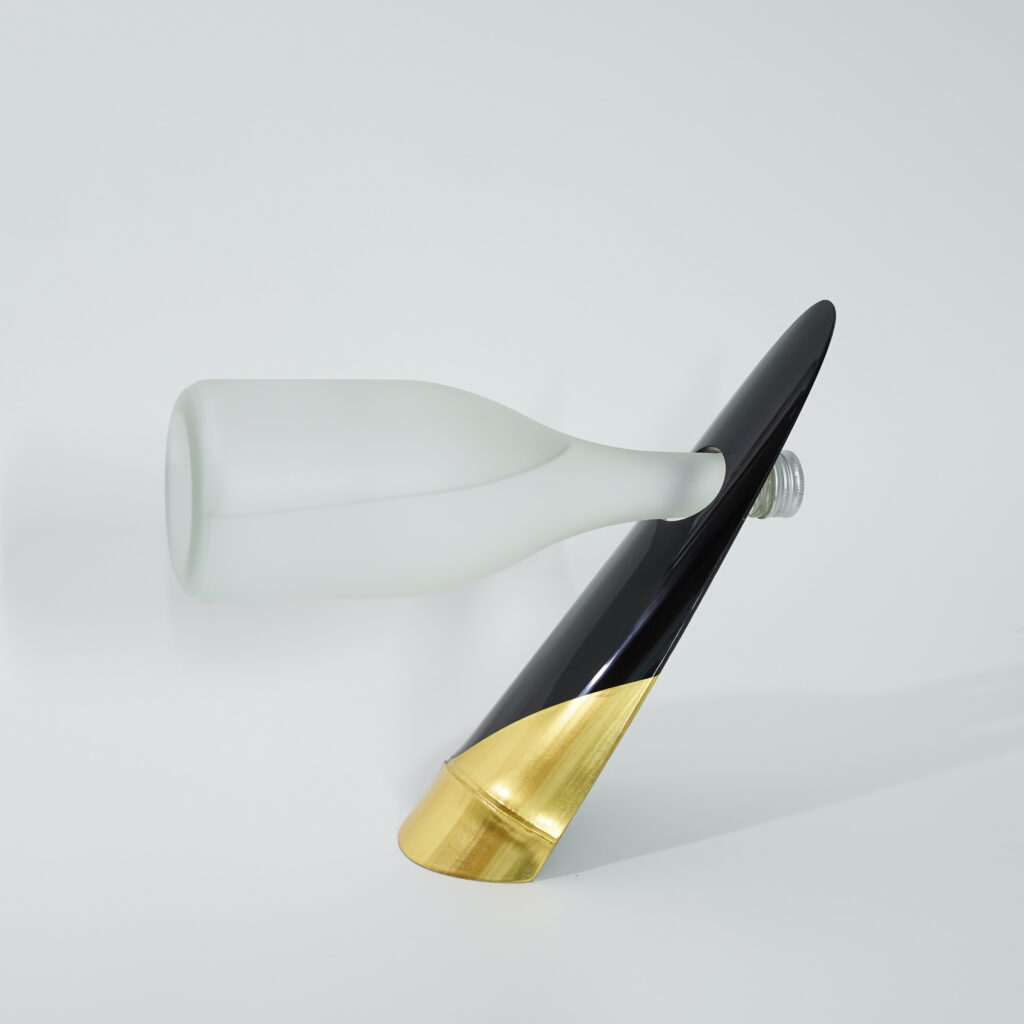
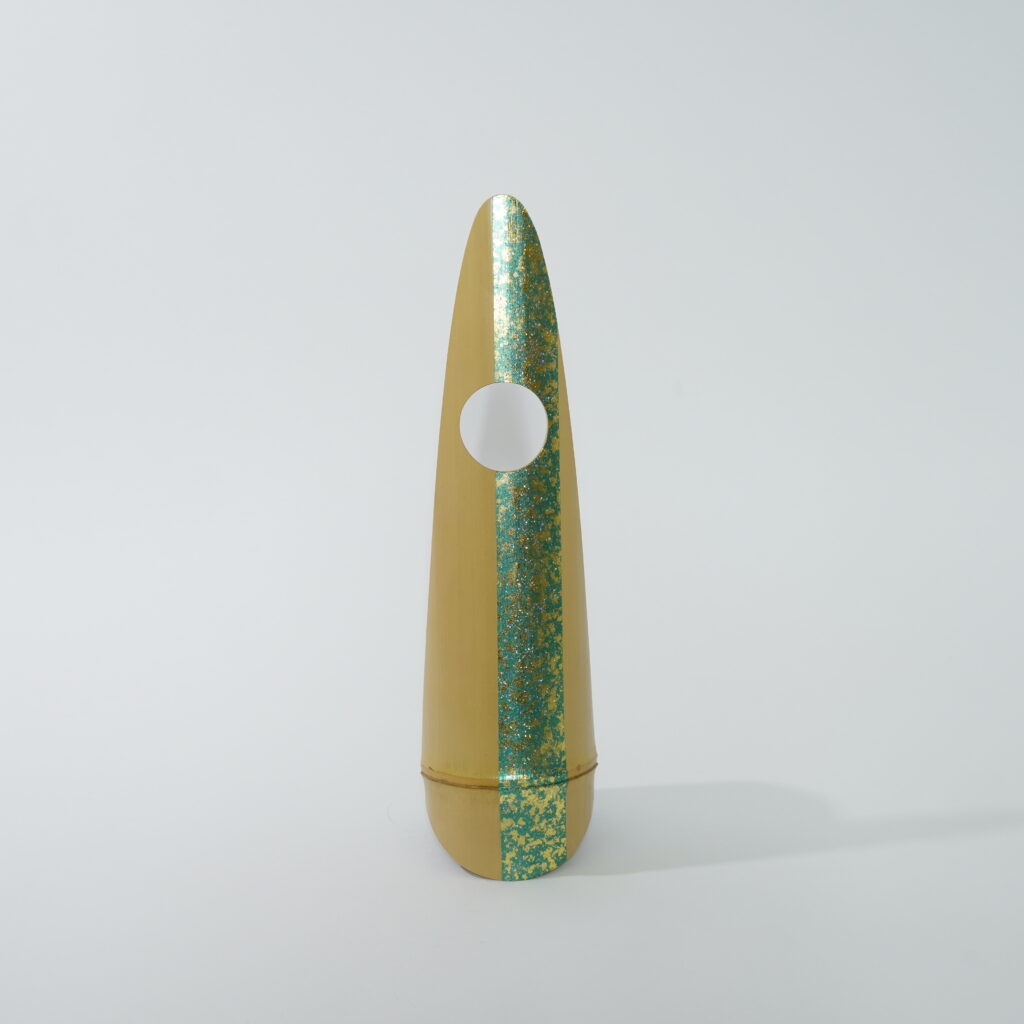
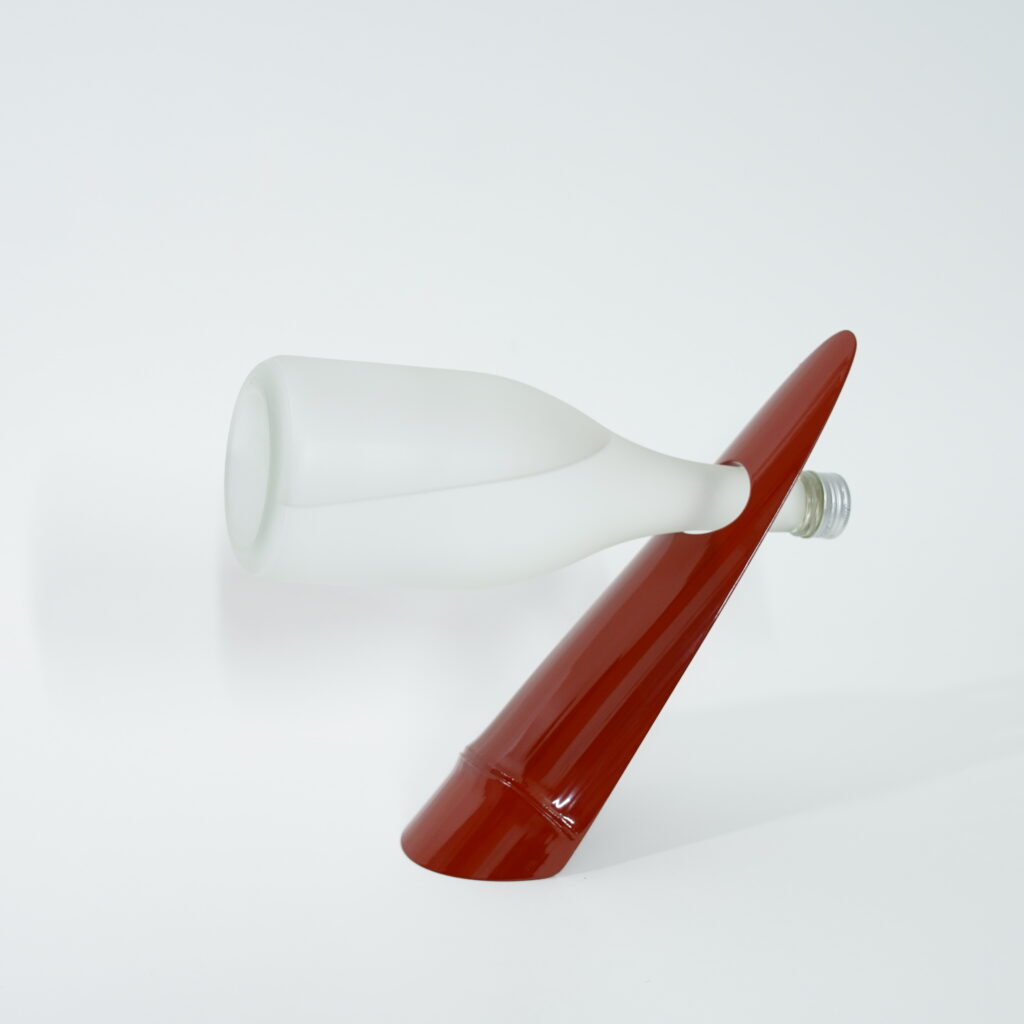
We also uploaded a video of the bamboo bottle stand making! Please also visit our Suigenkyo YouTube channel to watch the excellent work of Nagaoka Meichiku and be interested in Japanese bamboo culture!

Suigenkyo Online Store
We offer a wide range of products including tableware, accessories, and interior design.
Suigenkyo YouTube
You can see the making process of the products listed on Suigenkyo Online Store.
